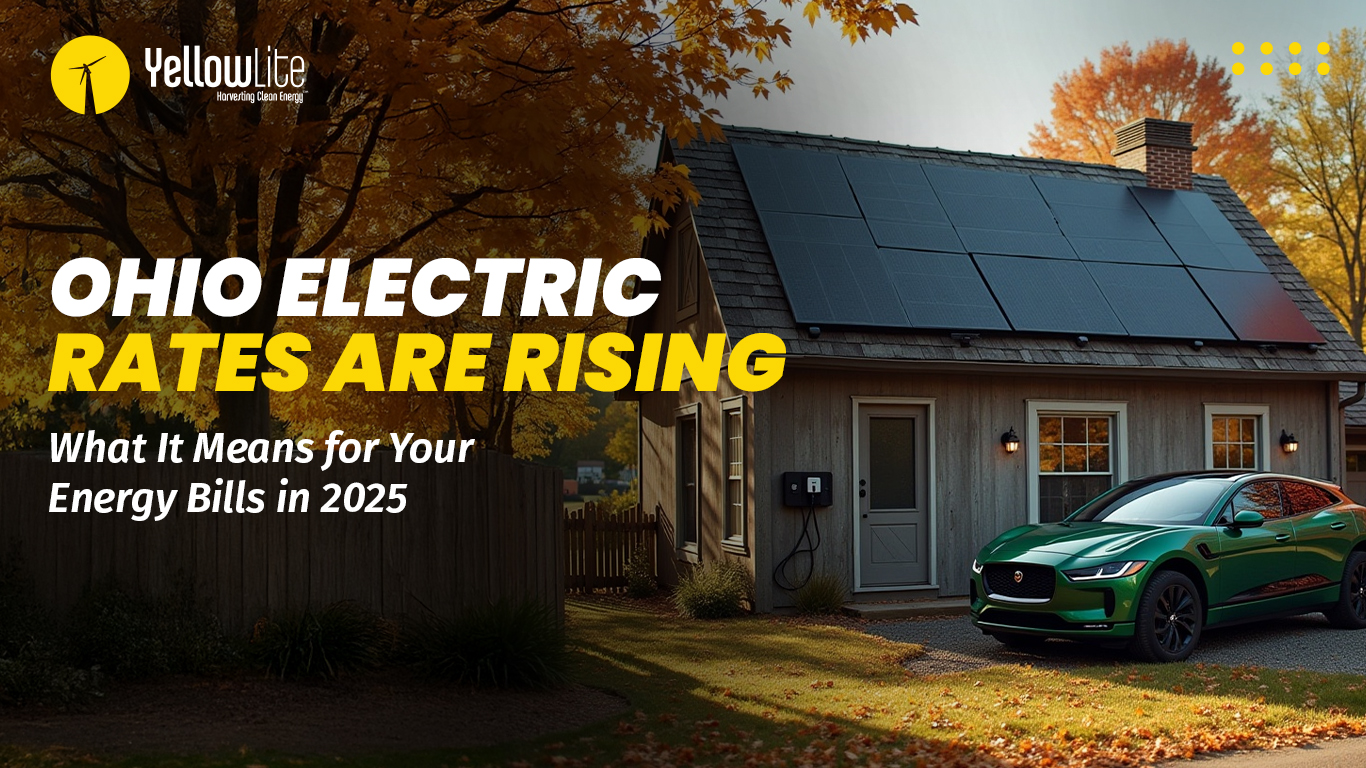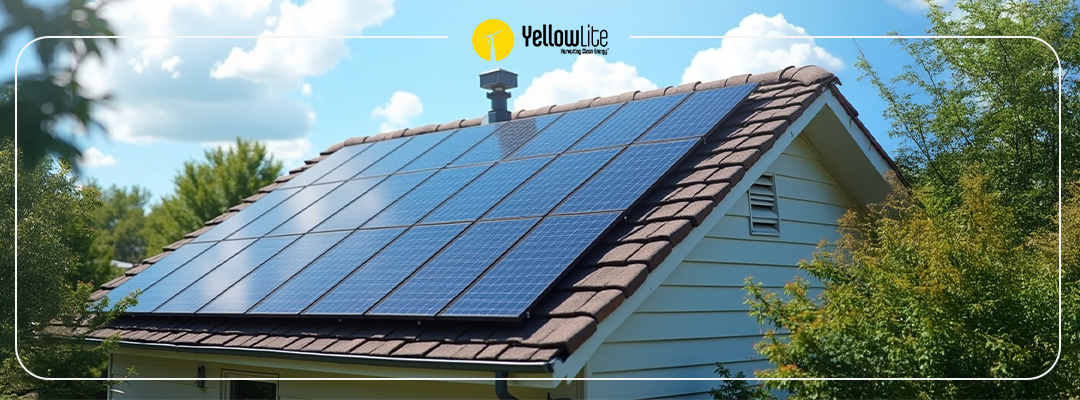Solar is the fastest growing energy sector in America. People are buying solar panels every day, but they have questions: How much do solar panel installations cost? How much will one save? All these vary depending on rebates, tax credits and other incentives that vary depending on the state. With incentives, you can lower the price by 30% or more. YellowLite has its very own solar calculator to help you understand your costs and savings as accurately as possible.
What is a Solar Calculator?
Our solar calculator helps you determine how much you save and the expected installation cost for your solar panel system in different parts of the USA. You’ll get an insight into the savings you generate on solar panels. Almost always, a solar system turns out to be worth every penny - and more.
What Calculations Does it Provide?
YellowLite’s solar calculator estimates the following:
- Total Panel Count
- Total System Size (KW)
- Average KWH
- Actual Offset
- Contract Cost
- Tax Credit
- Net Cost
- Net Payment/Month
- Savings/Month
- Savings in 25-years
- Home Value Increase ($)
- Internal ROI (%)
- Loan Summary
To make calculations easy for you, we’ve listed the requirements that help you calculate as accurately as possible with our solar calculator.
Energy Usage per Month
Based on your estate type – home, business, factory or institute – what’s your monthly bill average? Take the amount off your bill. Make sure that you do NOT choose the highest or the lowest amount, but something in the middle, or the average over a year. This will help assess the appropriate system size.
Offset Percentage
Net metering gives you the ability to use power produced by your solar system to offset the consumption that goes beyond what the system produces. In other words, your utility can be used as a battery that stores excess production and then allows you to access that power during the night to offset your consumption.
Ideal offset percentage is 85%, but you can change it to get different results.
Postal Code
Each location has different utility prices. To get the exact estimate on your bills, you need to enter either your postal code or that of the closest major city.
Roof’s Direction
The direction the roof faces, or Azimuth angle, determines the amount of sunlight your system will get during the day. The ideal roof is the one facing south. As the sun rises in the east and sets in the west, the movement of the sun across the sky favors the south. So, south-facing roofs are likely to get the most direct sunlight, but east and west facing roofs work too.
Pitch of Roof
A roof’s slope helps in getting the information about the type and cost of installations.
Shading Effect
This indicates the area that gets shade on your roof. Shading comes from trees or other structures and can affect the performance of solar panels. Since the number of cells is wired in a series circuit, even partial shading will affect the performance.
With these factors, the solar calculator calculates your costs and your savings. Keep in mind that these are only estimates - to get the best possible estimate and quote, you should get in touch with one of our solar consultants. As a professional solar panel installer, we want your solar system to benefit you, which is why we created a solar calculator!



